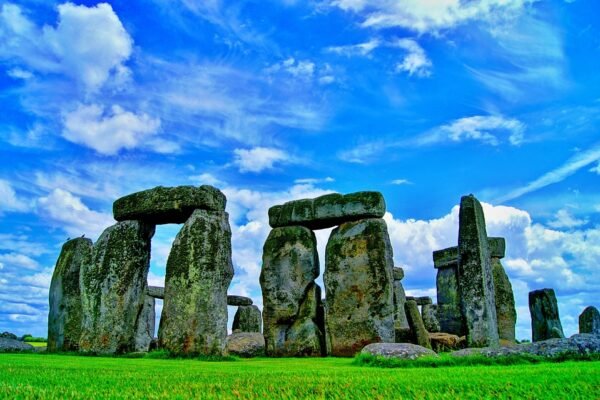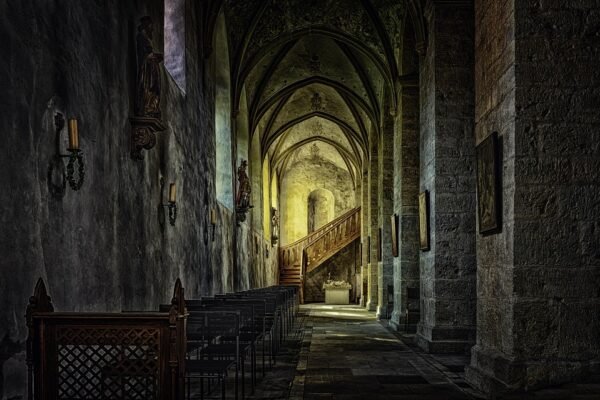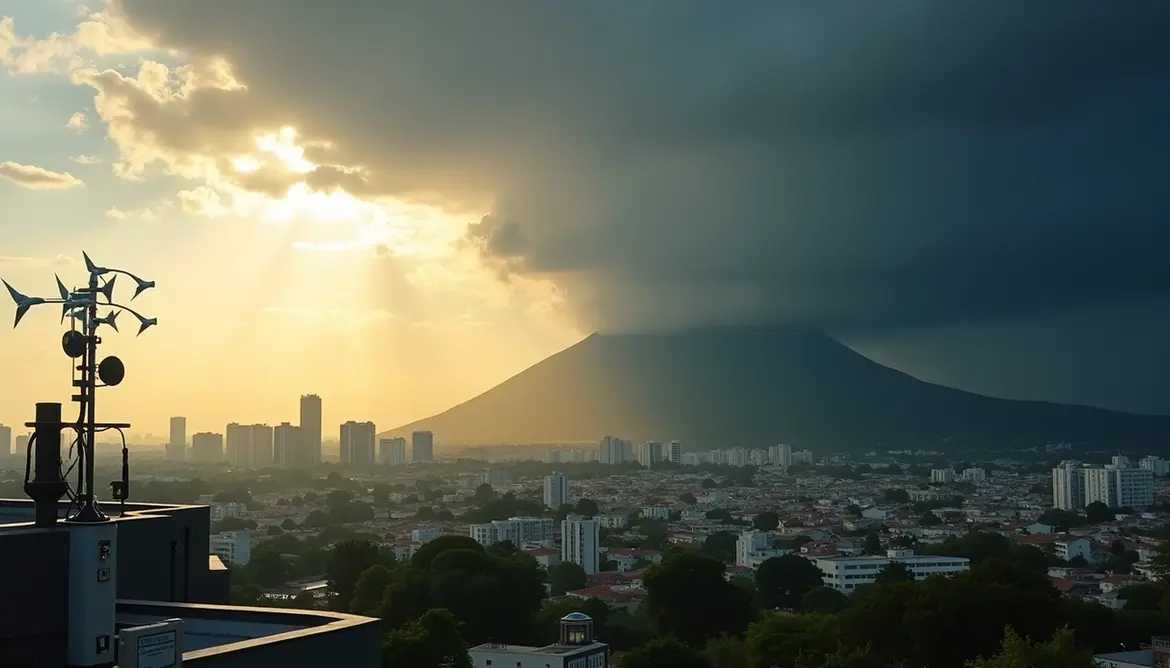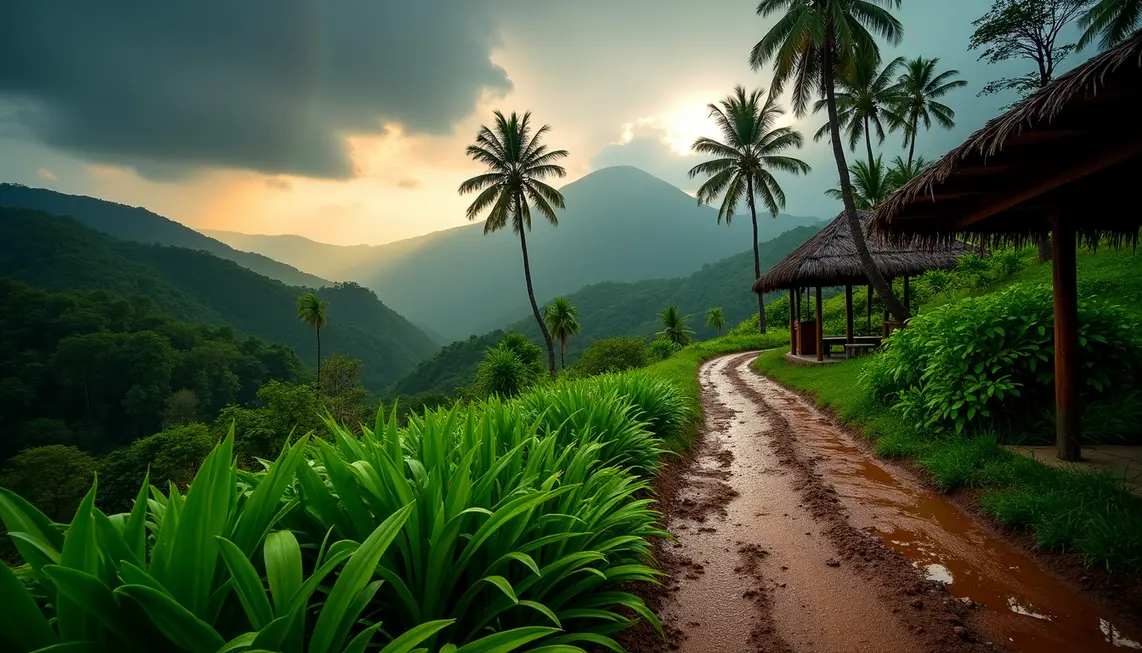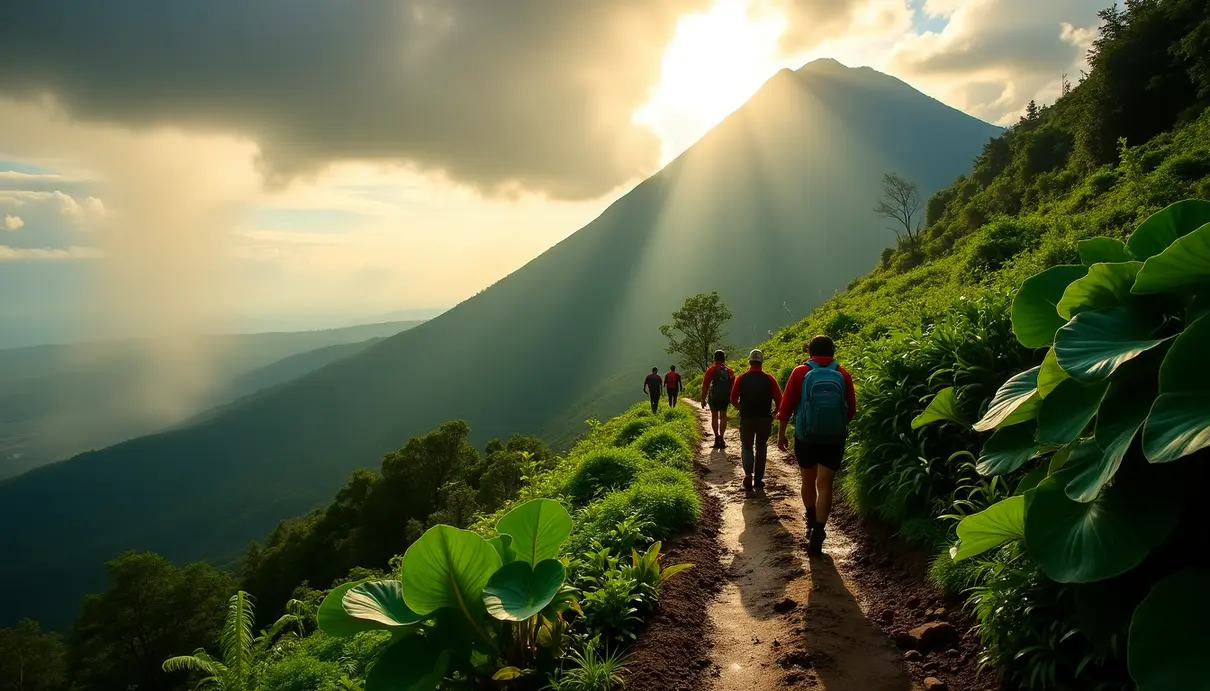

Mohenjo Daro and Harappa – Retro Timeline
Mohenjo Daro and Harappa are two of the most renowned archaeological sites in the world, located in the province of Sindh, Pakistan. These sites are remnants of the Indus Valley Civilization, which thrived between 2600 BC and 1900 BC. Mohenjo Daro lies in the Larkana district of Sindh, while Harappa is situated in the Sahiwal district of Punjab.
The significance of these sites lies in the valuable insights they offer into the daily life, culture, and architecture of one of the earliest civilizations in human history. They shed light on urban planning, sanitation systems, and artistic practices of the Indus Valley Civilization, showcasing the complexity and sophistication of this ancient society.
The discovery of Mohenjo Daro and Harappa was the result of the efforts of several researchers in the 19th and 20th centuries. Sir Alexander Cunningham first identified the ancient site of Harappa in 1826, while Sir John Marshall unearthed the ruins of Mohenjo Daro in the 1920s. The ongoing excavations at these sites continue to enrich our understanding of the Indus Valley Civilization.
Mohenjo Daro, a sprawling city near the Indus River, was a hub of trade and commerce, believed to have housed over 40,000 inhabitants. Its well-developed urban planning featured a Citadel for the elite and a Lower Town for commoners, with sophisticated brick and stone buildings, sewage systems, public baths, and a central marketplace.
Harappa, another major city of the civilization, boasted similar urban planning with a Citadel and a Lower Town, advanced architecture, public structures like the Great Granary and Great Bath, and a thriving economy fueled by skilled craftsmen producing pottery, jewelry, and other goods.
The artifacts unearthed at Mohenjo Daro and Harappa, including seals inscribed with the Indus script, pottery, jewelry, and figurines, provide valuable clues about the civilization’s language, religious beliefs, and artistic traditions. The mystery of the decline of these cities continues to intrigue scholars, with theories ranging from natural disasters to invasions and internal conflicts.
Despite their similarities in layout and architecture, Mohenjo Daro and Harappa exhibit differences in culture, lifestyle, and burial practices. Mohenjo Daro’s emphasis on art and aesthetics contrasts with Harappa’s focus on utilitarian objects, while burial customs vary between the two cities.
The preservation of these sites is vital for understanding ancient civilizations and appreciating the cultural heritage of the region. Efforts to protect and conserve Mohenjo Daro and Harappa face challenges such as natural disasters, urbanization, vandalism, and theft of artifacts. Collaboration among stakeholders is essential to ensure the continued preservation of these invaluable historical landmarks.
In conclusion, the archaeological sites of Mohenjo Daro and Harappa offer a glimpse into the ancient past, highlighting the achievements of the Indus Valley Civilization. By safeguarding these sites, we can safeguard their cultural and historical significance for future generations to explore and appreciate.

